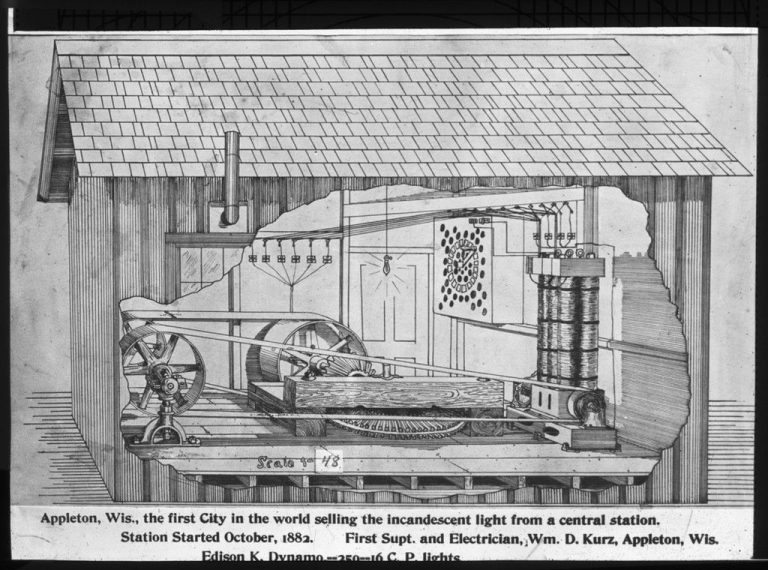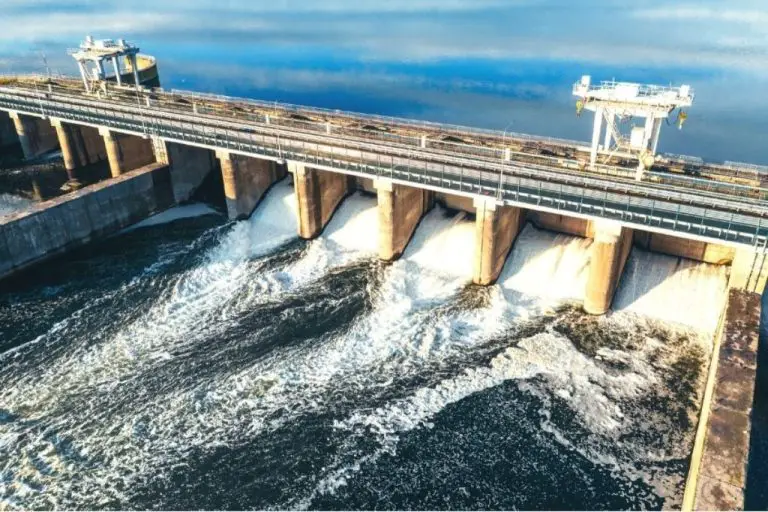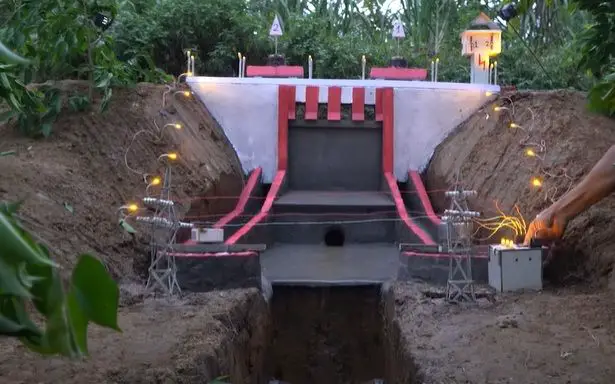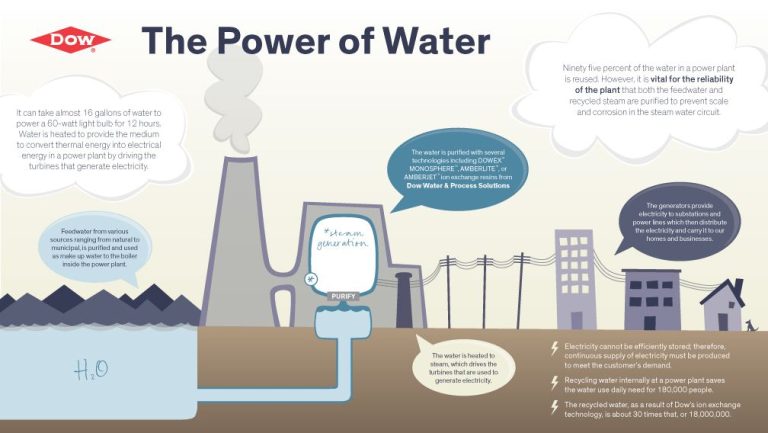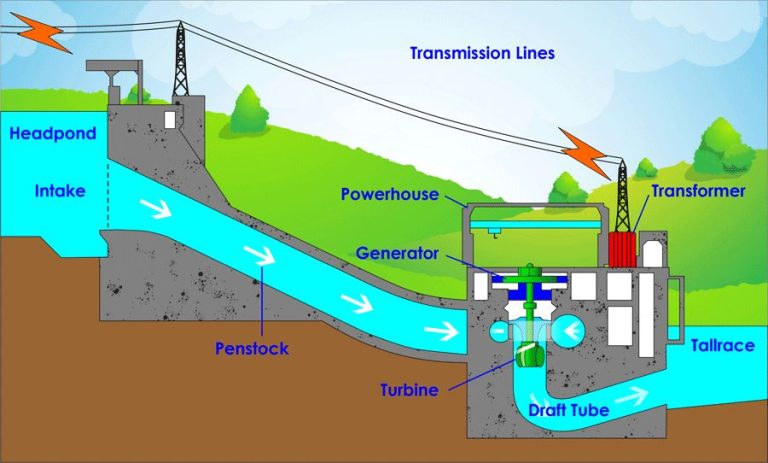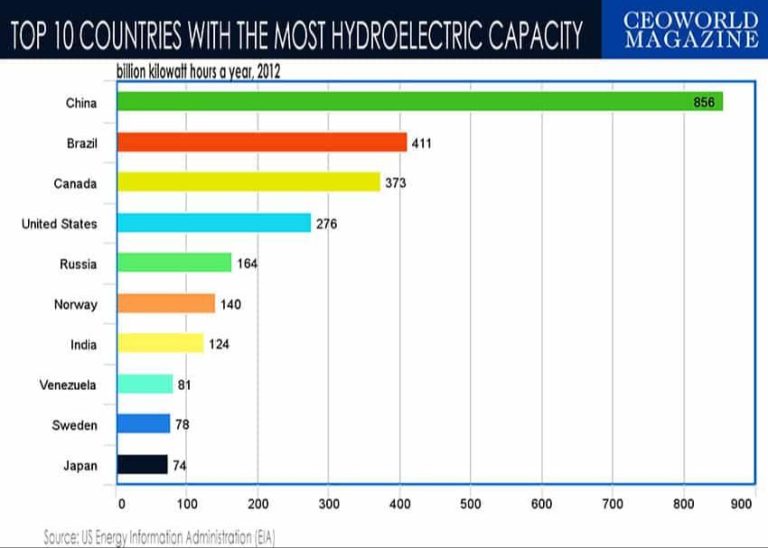Is Hydropower Zero Emissions?
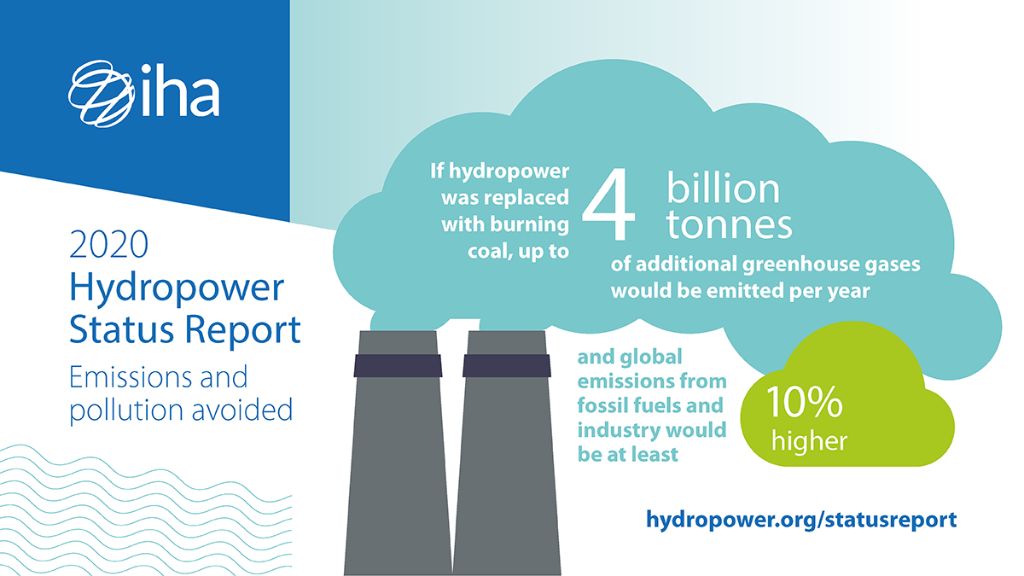
Hydropower is defined as electricity that is generated by hydropower plants from the energy found in moving water (https://www.merriam-webster.com/dictionary/hydropower). It is a form of renewable energy that harnesses the natural water cycle to produce power. The key question examined in this article is whether or not hydropower can be considered a zero-emissions energy source when comparing its greenhouse gas emissions to other forms of electricity generation.
Hydropower and Greenhouse Gas Emissions
Hydropower plants do emit some greenhouse gases, primarily from reservoirs associated with dams. When land is flooded to create a reservoir, decaying organic matter in the water and soils can release methane and carbon dioxide. According to the International Energy Agency, reservoirs account for around 1% of human-caused methane emissions globally [1]. Methane is over 25 times more potent than CO2 in trapping heat, so even small amounts can have an impact.
However, methane emissions vary greatly depending on the climate, geography, water chemistry, and operation of the hydropower facility. Many reservoirs have relatively low emissions, while some tropical reservoirs with large amounts of flooded biomass can have higher emissions. Proper site selection and management strategies can help minimize greenhouse gas releases.
Methane Emissions from Reservoirs
When reservoirs are created for hydropower dams, large areas of land are flooded. This flooding causes the breakdown of vegetation and organic matter within the reservoir. As this vegetation decomposes underwater, it releases methane, a potent greenhouse gas. Methane is over 20 times more powerful than carbon dioxide in trapping heat in the atmosphere over a 100 year period.
According to research from the U.S. Department of Energy, reservoirs created in tropical regions tend to emit more methane than those in temperate regions because tropical regions have more biomass and higher temperatures that increase decomposition rates. However, even reservoirs in northern climates can emit significant methane. Studies show that methane emissions from hydropower reservoirs represent around 1.3% of total global methane emissions from human activities.
While methane emissions vary across reservoirs based on climate, size, and age, they are an important factor to consider when evaluating the greenhouse gas impacts of hydropower. Proper measurement and monitoring of methane from reservoirs can help inform efforts to reduce emissions and improve hydropower’s overall emissions profile.
Carbon Emissions from Construction
Construction of hydropower projects like dams, reservoirs, and power plants requires significant amounts of concrete and steel. Producing these construction materials is an energy intensive process that generates substantial carbon dioxide emissions. According to one study from Hydropower Greenhouse Gas Emissions, the emissions from materials and construction processes can range from 1,000 to over 3,000 kg CO2/kW of installed capacity. These greenhouse gas emissions are released before the project even begins to generate electricity.
Over the lifetime of a hydropower facility, the carbon emitted during the construction phase is paid back as the project displaces fossil fuel generation during operation. However, in the short term, the carbon footprint of building dams, reservoirs, tunnels, and powerhouses can be significant. Proper accounting and mitigation of construction emissions should be considered in the planning of new hydropower projects.
Emission Comparisons to Fossil Fuels
When evaluating the emissions of hydropower versus fossil fuels like coal, natural gas, and oil, it is important to look at the full lifecycle emissions. This includes emissions from construction, operation, and decommissioning of energy facilities.
According to a report by the International Hydropower Association, the lifecycle emissions of hydropower range from 1-34 g CO2/kWh. In comparison, lifecycle emissions for coal are 820-910 g CO2/kWh, natural gas 370-650 g CO2/kWh, and oil 600-650 g CO2/kWh [1].
So even when factoring in methane emissions from reservoirs and carbon emissions from construction, hydropower has much lower lifecycle greenhouse gas emissions compared to fossil fuel sources of electricity generation.
Emission Reduction Potential
Hydropower has significant potential to reduce greenhouse gas emissions by displacing electricity generation from fossil fuel sources like coal and natural gas. According to the U.S. Department of Energy, every kilowatt-hour of hydropower generated can avoid emissions of up to 1 pound of carbon dioxide compared to fossil fuels1. Hydropower’s ability to provide carbon-free baseload power makes it an important tool in reducing a region’s overall emissions profile. One analysis by the International Hydropower Association found hydropower could reduce global CO2 emissions by up to 3.5 billion tonnes by 2050, if its development potential is fully realized2. Realizing this potential requires continued investment in new hydropower projects globally.
Existing hydropower facilities can also take steps to maximize their clean energy output. Upgrades and modernizations to improve efficiency allow dams to generate more electricity without requiring additional reservoirs. Optimizing operations and maintenance helps ensure maximum availability of hydropower generation. Overall, enhancing performance helps existing hydropower displace more fossil fuel use.
Improving Hydropower’s Emissions Profile
There are several ways hydropower facilities can reduce their greenhouse gas emissions through new technologies and strategies. One approach is to optimize the design and operation of reservoirs. Techniques like fluctuating water levels less dramatically, avoiding flooded vegetation, and aerating water can lessen methane production in reservoirs [1]. Removing biomass and clearing vegetation before flooding can also minimize methane-producing matter in reservoirs [2].
Upgrading existing hydropower infrastructure with more efficient, climate-friendly equipment is another strategy. Modernizing turbine technologies and generators can boost output and reduce lifecycle emissions relative to the power generated. Automation and digital optimizations that improve efficiency and flexibility of hydropower operations also have emissions benefits.
Lastly, pairing hydropower with solar, wind, and battery storage in integrated renewable energy systems can help balance power intermittency issues. This further displaces fossil fuel use and reduces the carbon footprint of energy production. Overall, implementing best practices in design, operations, and integration with other renewables can improve hydropower’s emissions profile.
Other Environmental Impacts
In addition to greenhouse gas emissions, hydropower dams can have other environmental impacts as well. One significant impact is habitat loss from the flooding of land to create reservoirs. According to the U.S. Energy Information Administration, “Reservoirs may cover important natural areas, agricultural land, archaeological sites, and scenic lands.” (1)
Hydropower dams also often obstruct fish migration routes, disrupting populations of migratory fish like salmon. The Union of Concerned Scientists notes, “Dams prevent many migrating fish from reaching their spawning grounds and can reduce populations significantly.” (2) Proper design of fish ladders and elevators can help mitigate this impact.
Overall, hydropower can lead to flooding, habitat destruction, and obstruction of fish migration routes. Careful siting and design of dams can help reduce these impacts.
The Role of Hydropower
Hydropower has an important role to play as a renewable electricity source. According to a recent study, hydropower currently contributes 16% of the world’s electricity and 69% of all renewable electricity [1]. Looking ahead, hydropower is expected to continue providing a substantial portion of renewable energy globally. However, determining the appropriate scale and location of new hydropower development is crucial.
New hydropower facilities should be built only at sites with minimal environmental and social impacts. Assessing the sustainability of potential projects using frameworks like the Hydropower Sustainability Assessment Protocol can help identify appropriate sites and minimize risks [2]. Focusing new projects on existing dams and conduits, as well as pumped storage, can also reduce the need for new reservoirs and fragmentation of rivers. Overall, a balanced approach is required to expand hydropower’s contributions while protecting freshwater ecosystems.
In regions with significant remaining technically feasible and environmentally acceptable potential, such as parts of Asia, Africa and South America, hydropower can play an increased role in providing affordable, reliable electricity access [1]. However, pursuit of hydropower growth must be coupled with strong policies and oversight to mitigate social and environmental impacts. If planned and operated sustainably, hydropower can be an important renewable energy source for decades to come.
Conclusion
Based on the research, hydropower is not entirely emissions-free like wind or solar power but offers far less emissions compared to fossil fuels like coal and natural gas. While reservoirs in hydropower dams can emit methane, a potent greenhouse gas, hydropower’s lifecycle emissions are generally 90% less than a natural gas plant and 99% less than a coal plant. While not perfect, hydropower remains one of the lowest-carbon energy sources available at scale today and plays an important role in the transition to a decarbonized grid. With innovations to reduce methane and construction emissions, the climate impact of hydropower can continue to decrease. Overall, the evidence shows hydropower produces minimal emissions when compared to fossil fuel alternatives.

